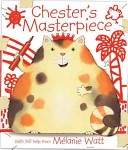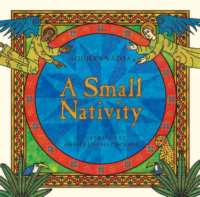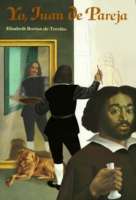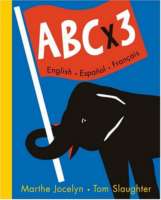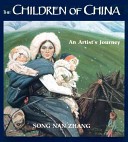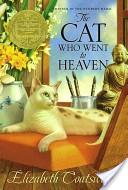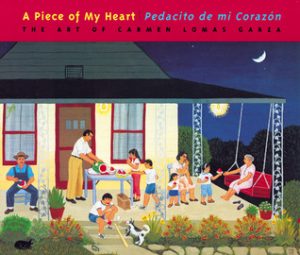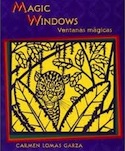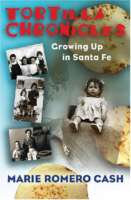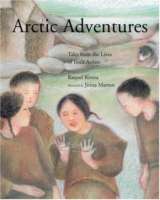
Extreme weather, hunger, magic, hunting, and the land are themes that shape the existence of the Inuits’ of the Far North. These stories — retold by Raquel Rivera based on the lives of native artists Pudlo Pudlat, Jessie Oonark, Kenojuak Ashevak and Lazarusie Ishulutuk — offer young readers a glimpse into this rich, remote culture, past and present. In “Pudlo and Kapik Go Hunting,” a young boy drifts out to sea on an ice floe; “Oonark\’s Arctic Adventure” tells of a mother and daughter stranded on the icy tundra; “The Shaman’s Granddaughter” movingly explores loss and mystery; and “Lazarusie and the Polar Bears” reveals just how finely attuned the relationship between animals and humans can be. Accompanying each story are illustrations by Jirina Marton, who has spent time in the Arctic and whose deep appreciation for its subtle beauty shines through her art. In addition to the stories, there is a feature spread on each artist with a photograph, a brief biography, and a reproduction of one of the artist’s works.

